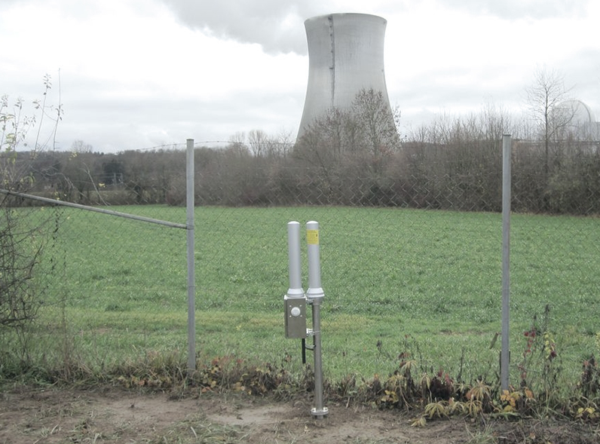| T O P I C R E V I E W |
| neobium |
Posted - 10/14/2022 : 09:53:22
If a nuclear event were to occur, what would be the best way to go about measuring radiation to see if where you are is safe? I am quite new to geiger counters, and am not familiar with the best approach. I know I can measure with the dosimeter, but am not clear on an amount over time that constitutes needing to leave the area. The card included with my GMC-500 indicates somewhere between 100 and 1000 CPM is dangerous.
Also, It's my understanding that getting a concentrated exposure is generally a lot worse than the same amount over a bit more time. Is that correct?
What is a good basic protocol to follow to monitor safety after an event? |
| 3 L A T E S T R E P L I E S (Newest First) |
| rad26 |
Posted - 10/26/2022 : 10:34:49
If you do head "inside" a building or your home, and if there is a sudden terrible flash of light, please DO NOT go to your window, rather IMMEDIATELY DROP TO THE FLOOR face down, and cover your head. What is uncommonly known, is people who died in Japan during WWII from the two A-bombs, is they went to the windows and the incoming pressure wave shattered the window glass and seriously hurt or took the lives of those people. Therefore drop to the floor and cover your head if you are indoors. There won't be time to run into a basement, and in fact there probably won't be time to run indoors either, so depending on your location just drop and cover (perhaps behind something big) etc.
quote:
Originally posted by EmfDev
Hi neobium, please check this page: https://www.ready.gov/sites/default/files/2020-11/ready_nuclear-explosion_fact-sheet_0.pdf
|
| ullix |
Posted - 10/18/2022 : 00:04:10
@neobium: Hopefully this is a purely academic exercise, but indeed one never knows what the Idiots-of-the-Worlds may decide to do.
I'd begin with watching the political on-goings in the world. Then I'd have an eye on official reports from generally government owned sites. In the US this is e.g. https://www.epa.gov/radnet/near-real-time-and-laboratory-data-state.
Once anythings happens, experience tells us that you can't rely on government resources to tell the truth. You will be on your own.
Best place to put the counter is somewhere outside, away from buildings, forests, any other obstructions, protected from rain, sunshine, etc. Something like in this picture in the foreground:

https://www.bfs.de/EN/topics/ion/environment/air-soil/odl/odl_node.html
Chances are pretty slim that you would ever come close to such station quality using a GMC counter.
If outside is not an option for you, do it inside at a well ventilated place, at least 1 meter away from stone walls, floor- and wall tiles (their Potassium content may produce Geiger counts; more details in "Potty Training"), and protected from sunshine. Keep in mind that glass Geiger tubes, like those used in GMC counters, can be sensitive to light. Don't mistake counts produced by wonderful sunshine to be indications of a catastrophe!
Whatever place you select, establish the baseline. Keep the counter running for at least a week and analyze its history. Easiest to do with my GeigerLog software. https://sourceforge.net/projects/geigerlog/ Understand the fluctuations of the Geiger counter readings; they are normal properties of a radioactive signal. Only things clearly beyond this baseline are relevant events!
Forget the "card" included with the counter; it has a lot of BS, see http://www.gqelectronicsllc.com/forum/topic.asp?TOPIC_ID=9966
Yes, high dose in a short time period is worse than same dose over a long period. This is used e.g. in the OSHA regulations. See also GeigerLog manual, chapter "Occupational Radiation Limits".
re protocol after event: Minimize your exposure to it. Don't go outside. When your home is well ventilated (as it normally should be), stop this!
|
| EmfDev |
Posted - 10/17/2022 : 10:36:53
Hi neobium, please check this page: https://www.ready.gov/sites/default/files/2020-11/ready_nuclear-explosion_fact-sheet_0.pdf |
|
|

